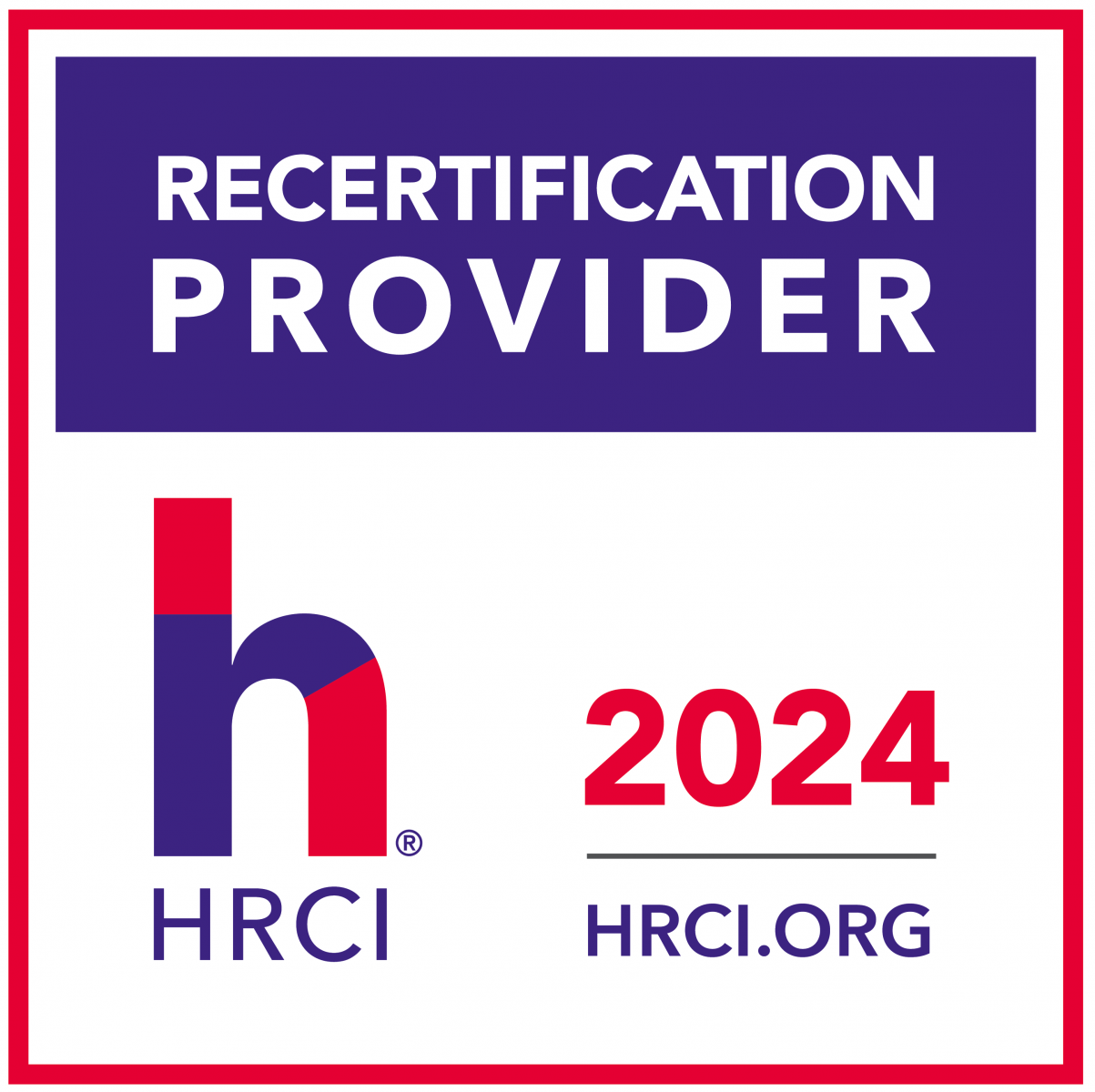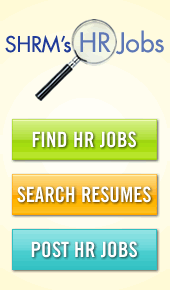Legislative
Legislative
SHRM
 Montana SHRM State Council
Montana SHRM State Council
Affiliate of the Society for Human Resource Management
Download the November 2025 Legislative Update
November 2025 Legislative Update
Download the July 2025 Legislative Update
Download the June 2025 Legislative Update
Download the February 2025 Legistlative update
February 2025 Legislative Update
Download the November 2024 Legistlative update
November 2024 Legislative Update
.png)

Join the Montana SHRM State Council Mailing List
Need the 2025 conference information? https://montana.shrm.org/2025-mt-state-conference




